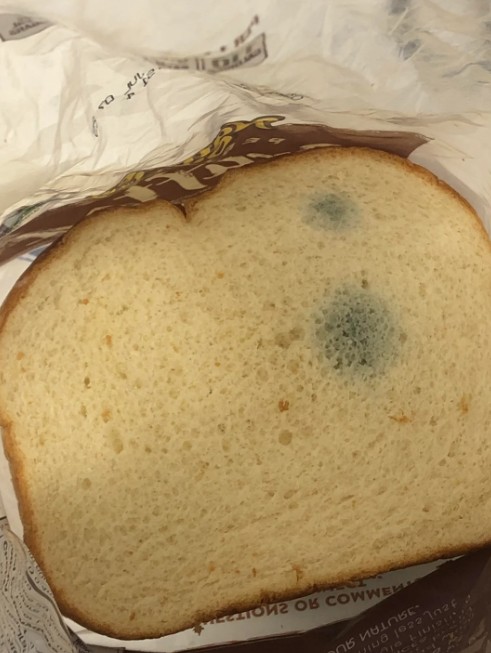Finding bread that’s gone stale is common, and many ask if it’s still safe to eat. The answer is yes—stale bread is safe as long as it hasn’t developed mold.
Bread becomes stale because it loses moisture through a natural process called retrogradation, which makes the texture tougher and drier. This doesn’t mean it’s spoiled. You can soften stale bread by heating it in the oven or simply toast it for a crunchy snack.
Stale bread is perfect for recipes like breadcrumbs, croutons, French toast, bread pudding, and stuffing. It absorbs liquids well without falling apart, making it ideal for these dishes.
However, moldy bread should never be eaten. Mold can spread inside the bread even if only a small patch is visible. Eating moldy bread can cause allergic reactions or food poisoning due to harmful toxins.
Bread molds faster depending on moisture, temperature, and preservatives. Fresh bread molds quickly, while store-bought bread with preservatives lasts longer. Warm, humid conditions speed mold growth; cooler, dry conditions slow it. Refrigeration delays mold but speeds staling. Freezing is the best way to keep bread fresh.
For storage, paper or cloth bags allow airflow and prevent mold better than plastic, which traps moisture. Artisan bread stores well in paper and freezes nicely, while sandwich bread lasts longer in sealed plastic.
In summary, stale bread is safe and often better for certain recipes, but moldy bread must be thrown out. Proper storage helps keep bread fresh longer and reduces waste.


